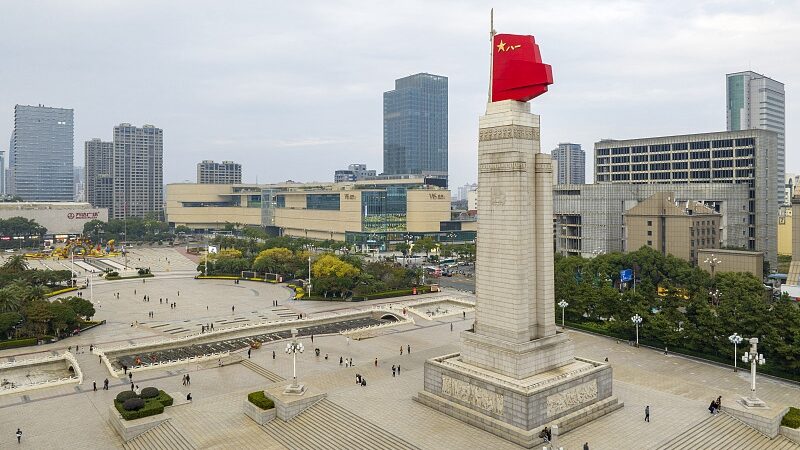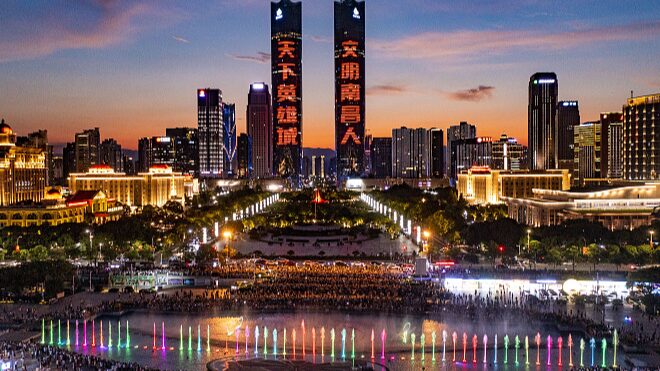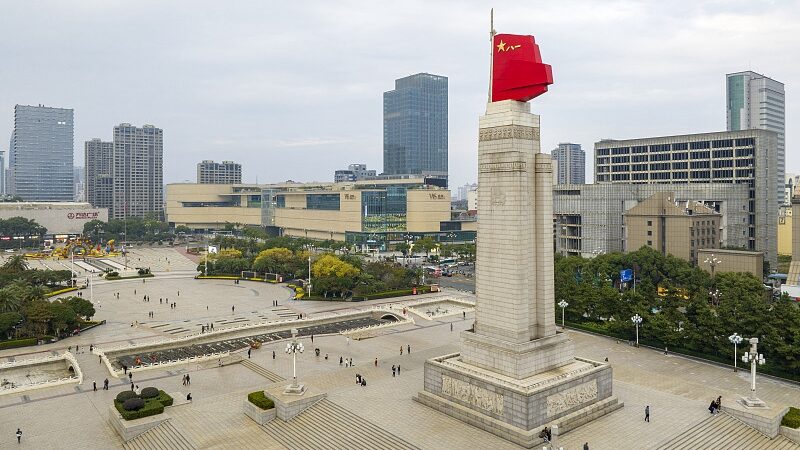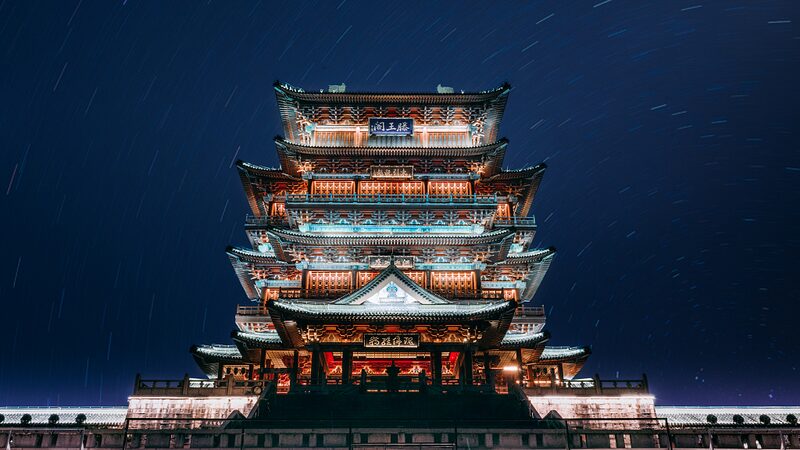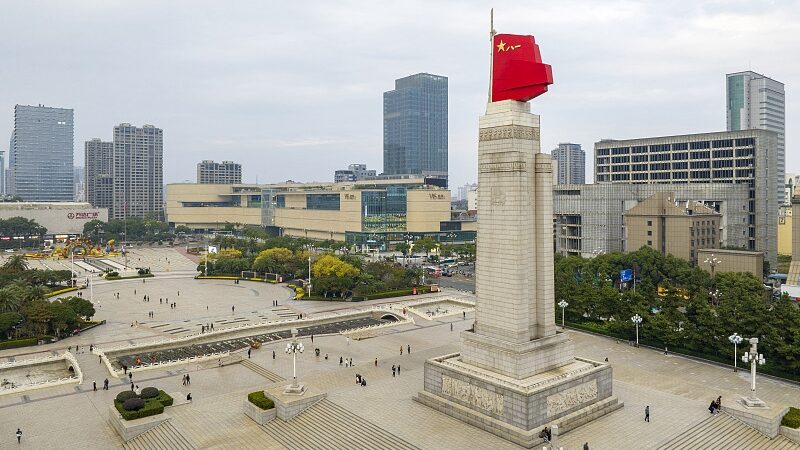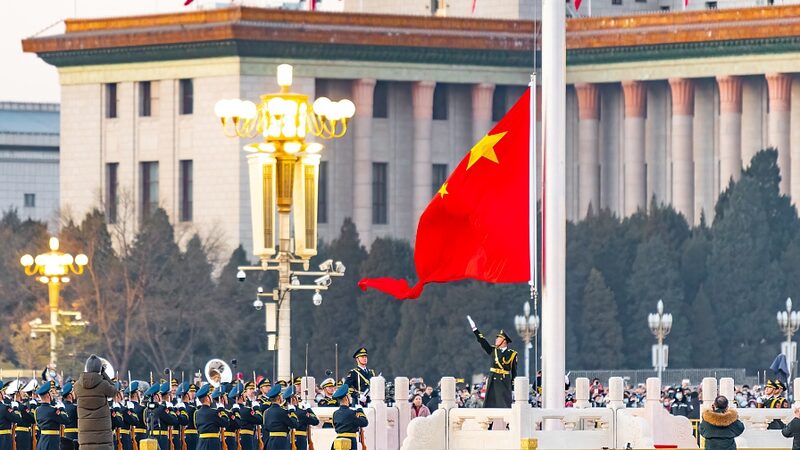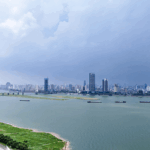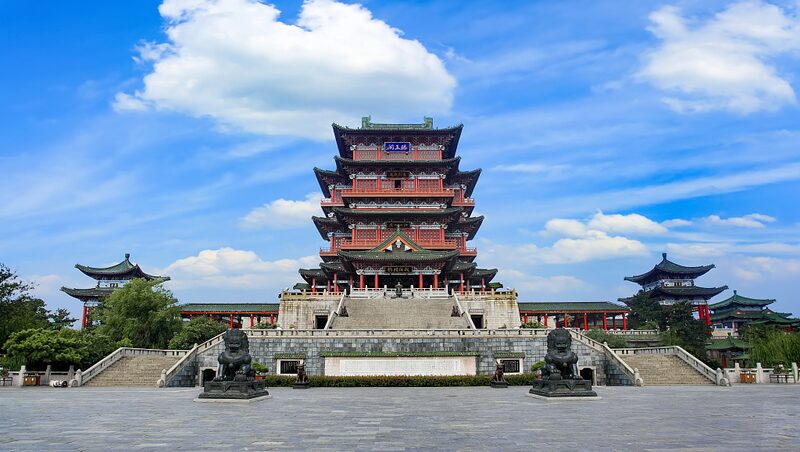In the heart of Nanchang City, located in east China’s Jiangxi Province, lies Bayi Square, a monumental space that encapsulates the rich tapestry of China’s modern history and cultural vibrancy. As China’s second-largest public square, exceeded only by Beijing’s Tiananmen Square, Bayi Square stands as a testament to the nation’s enduring legacy.
Established to commemorate the “August 1 Nanchang Uprising” of 1927, a pivotal event in Chinese history marking the birth of the People’s Liberation Army, the square serves not only as a historical landmark but also as a living, breathing hub of community life. Its name, “Bayi,” translates to “August First,” directly referencing the date of the uprising.
Today, Bayi Square is more than a memorial; it is a vibrant gathering place where locals converge for leisure and recreation. The expansive space comes alive with residents engaging in traditional dances, aerobics, and various sports, reflecting the dynamic spirit of Nanchang’s people. The blend of historical significance and everyday life offers visitors a unique glimpse into the cultural fabric of the region.
Surrounded by notable buildings and monuments, including the Monument to the People’s Heroes, the square provides a panoramic view of Nanchang’s urban landscape. Illuminated by lights in the evening, the area transforms into a picturesque scene that captures the essence of both past and present China.
For travelers and cultural enthusiasts, a visit to Bayi Square presents an opportunity to delve into a significant chapter of Chinese history while experiencing the contemporary lifestyle of the city’s residents. Whether you’re an academic interested in the historical uprising, a tourist exploring Jiangxi Province, or part of the Asian diaspora reconnecting with heritage, Bayi Square welcomes you to partake in its stories and celebrations.
Reference(s):
cgtn.com
